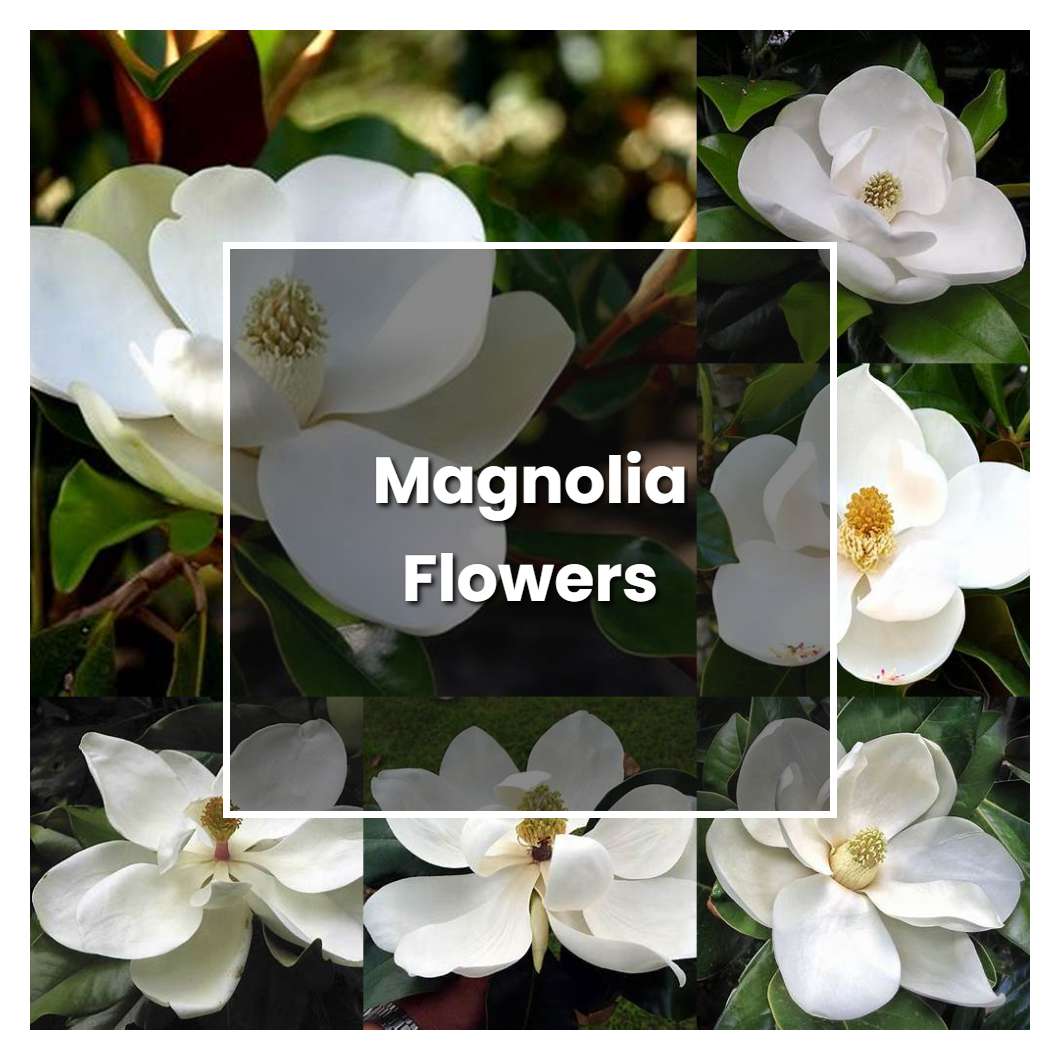Magnolia flowers is a plant that has big, beautiful flowers. It is a popular plant for gardens and landscaping. Magnolia flowers are also used in many floral arrangements.

Related plant:
Magnolia Figo
Related plant:
Southern Magnolia Tree
About soil condition, magnolia flowers prefer well-drained, slightly acidic soil, and they will not tolerate wet, poorly drained soil. If your soil is too alkaline, you can lower the pH by adding sulfur. You can improve drainage by adding organic matter such as compost, bark chips, or pine straw to clay soil.
Just like other flowers, magnolia flowers need sunlight to grow. They need at least six hours of sunlight a day, but they can also tolerate partial shade. If you live in an area with hot summers, it's best to plant magnolia flowers in a spot that gets some afternoon shade.
The temperature condition that is most conducive to magnolia flowers blooming is between 68 and 77 degrees Fahrenheit. However, the flowers can still bloom even if the temperature falls below or rises above this range.
Ideal humidity condition for this plant is between 40-60%. The plant grows well in acidic to neutral soils that are well-drained and moist. It can tolerate some salt and can grow in both full sun and partial shade.
About fertilizer, this plant does best with a organic fertilizer that is high in phosphorus. An example would be a 10-10-10 fertilizer. If you cannot find one with that high of phosphorus, you can use a 5-10-5 fertilizer. As for the roots, they do not like to be disturbed, so be very careful when transplanting.
Pruning is an important part of keeping your magnolia flowers looking their best. You should prune your magnolia flowers in early spring, before they start to bloom. Cut back any dead or damaged branches, and remove any branches that are crossing or rubbing against each other.
Propagation is typically done through rooting cuttings taken from the parent plant. Cuttings are usually taken from young, actively growing shoots that are 4-8 inches long. The cutting should have 2-3 leaves, and the bottom leaf should be removed. The cutting is then placed in a rooting medium, such as perlite, vermiculite, or sand. Once the cutting has taken root, it can be transplanted into a pot or the ground.
Usually, the plant growth rate is about 6 to 12 inches per year. Some magnolia species have been known to grow as fast as 24 inches in a year. The growth rate of a magnolia flower is determined by many factors including the age of the plant, the type of soil, the amount of sunlight, and the amount of water.
Common problems for this kind of plant are incorrect planting, over-fertilizing, and not enough sunlight. Not enough sunlight will cause the flowers to be small and dull in color. Too much fertilizer will cause the leaves to yellow and drop off. The best way to avoid these problems is to plant the magnolia in an area that gets at least six hours of sunlight per day and to fertilize it only once a year.
Source:
Magnolia grandiflora | Landscape Plants | Oregon State University
Magnolia - Horticulture, Landscape, and Environmental Systems
Magnolia 'Jane' (Jane Magnolia, Magnolia) | North Carolina
